The fertility window: are we lying to women about their biological clocks?
Does the likelihood of women conceiving really drop off a cliff after 30? Are those aged 35+ actually ‘geriatric’ mothers? As the average age of starting IVF passes 35, Helen Coffey talks to the experts about the realities of getting pregnant later in life

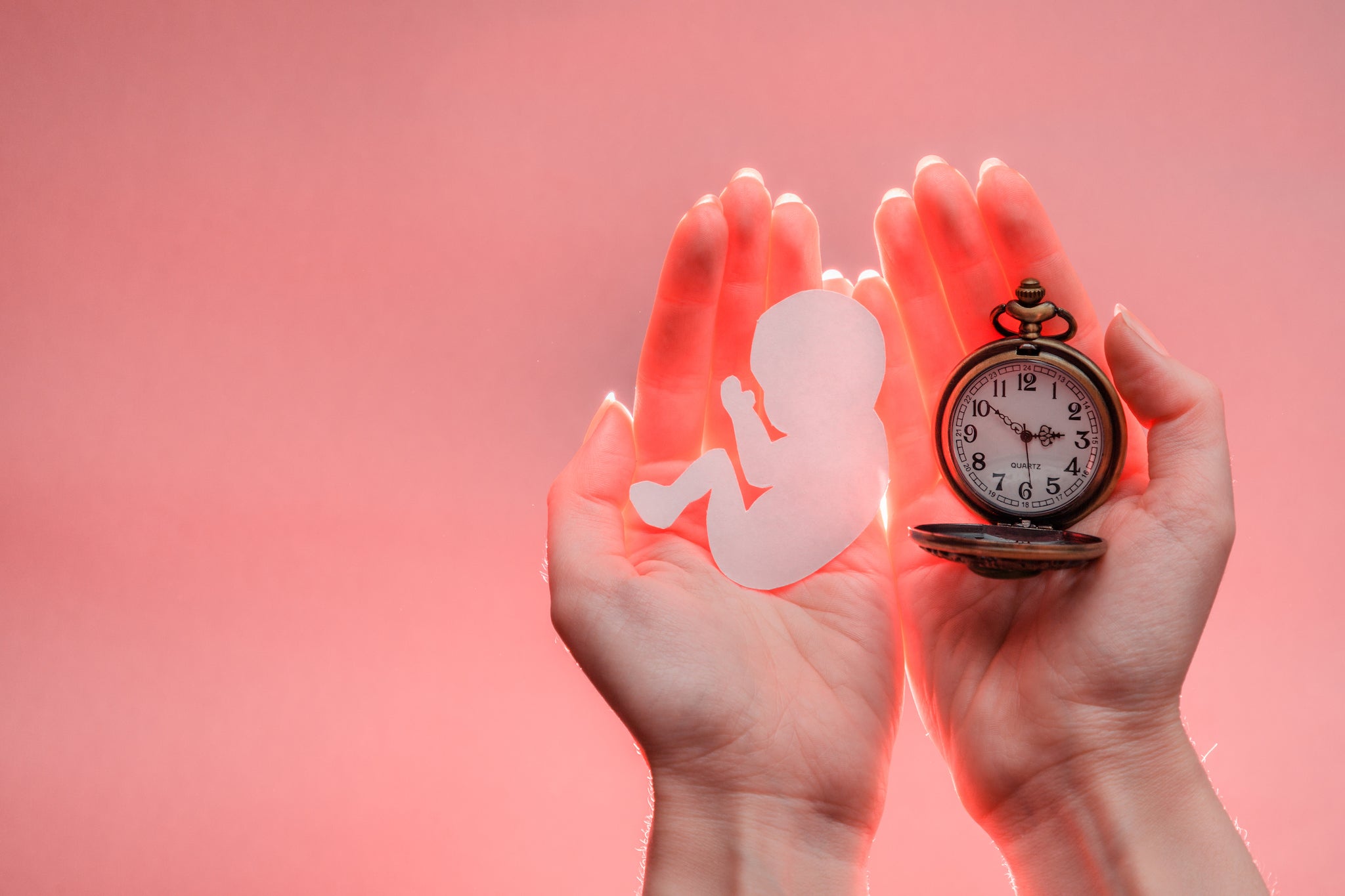
Your support helps us to tell the story
From reproductive rights to climate change to Big Tech, The Independent is on the ground when the story is developing. Whether it's investigating the financials of Elon Musk's pro-Trump PAC or producing our latest documentary, 'The A Word', which shines a light on the American women fighting for reproductive rights, we know how important it is to parse out the facts from the messaging.
At such a critical moment in US history, we need reporters on the ground. Your donation allows us to keep sending journalists to speak to both sides of the story.
The Independent is trusted by Americans across the entire political spectrum. And unlike many other quality news outlets, we choose not to lock Americans out of our reporting and analysis with paywalls. We believe quality journalism should be available to everyone, paid for by those who can afford it.
Your support makes all the difference.Laura Linney was 49 when she had her first. Hilary Swank was 48. Chloë Sevigny was 45. If you went off celebrity headlines alone, you’d be forgiven for thinking that most women entered the motherhood game past the age of 40 these days.
And yet, the judgement cast upon women who put off having children – and the constant references to our biological clocks as ticking timebombs – remains as prevalent as it ever was. In an article in The Guardian earlier this year, Laura Barton wrote poignantly about the experience of falling pregnant unexpectedly at the age of 45 after years of trying unsuccessfully, including via IVF. “All through the long months of pregnancy and the early weeks of my son’s life, I felt I stood under a cloud of suspicion, as if his arrival must be attributable to some act of sorcery or science,” she writes.
It is a strange place to sit in, as women: fed stories about Naomi Campbell having babies into her fifties, while mainstream society tells us to hurry up and get spawning before our fertility takes a nose-dive. It’s a mantra we internalise from an early age: tick-tock, tick-tock, time’s running out, you’re not getting any younger, must get pregnant by the age of 30, etc etc. There is no doubt, though, that the average age at which women are having children has been steadily rising for years. For the first time, most women in Britain are now having their first child at the age of 32 or older, according to Office for National Statistics (ONS) figures released last month. And the average age of those starting IVF treatment has now passed 35 for the first time, according to a new report by the Human Fertilisation and Embryology Authority.
It’s part of a bigger trend that sees us getting married and buying our first home later; government policies in recent years haven’t helped either, with the multitude of barriers to procreation including extortionate childcare costs and limited paternity leave.
Anecdotally, the majority of my friends with children had at least one of them when aged 35 or over. Particularly for women living in London and other urban centres, it almost feels more natural to wait – to get the career sorted, meet the right partner, become financially secure – before starting a family. Because of this, my own ideas about women’s fertility are completely skewed; but how late can we leave it? Has the fertility window actually been widened?
Part of the problem is that most of us have very little idea about what’s going on inside our own bodies, thanks to a lack of education around ovulation and fertility when we’re young – other than the constant hysterical messaging that having unprotected sex means “you will get pregnant – and die!” (to quote Coach Carr from Mean Girls). Toni Belfield, co-author of What Every Woman Needs to Know About Fertility, has spoken to thousands of women throughout her career: “Even though there’s masses of information out there, I’ve learnt first hand how little most women know about how their reproductive organs work,” she says. “The reason we wrote our book was that we felt there was a need for good, clear information on how the body works and what it’s doing each month. Fertility is a gift but it has an expiry date. If we understand that, we can think more about the decisions we’re making.”
Dr Ippokratis Sarris, a consultant in reproductive medicine and director of Kings Fertility, gives me a quick science lesson, simple enough for even this laywoman to understand. Women are born with all the eggs they’re ever going to have, unlike men, who produce new sperm throughout their lifetime (hence why you see Al Pacino becoming a dad again at 83). Because of that, over time, the number of eggs a woman has goes down. So far, so obvious. But, just like the rest of the body, eggs age – every one of a woman’s eggs is as old as she is. Again, this is unlike men, whose sperm is only six weeks old by the time it’s released. These ageing effects mean the ability of each egg to produce a healthy baby goes down.
It’s not that women don’t have enough eggs as they get older – only around 300-400 are released over a lifetime out of the 300,000 they have by the age of puberty – but that the fewer eggs they have, the lower the chance that they’ll have a “good” one each month. We don’t just lose the one egg that makes its way down the fallopian tube per cycle; prior to that, it has gone up against a group of other “activated” eggs, in a survival-of-the-fittest battle. After the eggs compete, the one deemed the best and brightest is the one put into bat, as it were, while those that didn’t win the ovulation Hunger Games die off. As Dr Sarris puts it, “eggs are not friends with each other; they want to become a baby”.
The stats of this process are a key factor in why the chance of becoming pregnant with a normal embryo lowers for women as we get older. A woman in her twenties will have around 20-30 eggs competing each month, with one in four to six likely to be “normal”, resulting in two to three good eggs each month. Fast forward to a woman at 40, and the number of competing eggs has dropped to 10-12, with a likelihood that one in 15-20 will be normal – meaning that there’ll be some months with no good eggs. The chance of conceiving drops dramatically. Meanwhile, more eggs will have chromosomal abnormalities, meaning that even if an embryo (an egg fertilised by sperm) does implant, the chance of miscarrying also increases, as does the likelihood of a baby being premature or having a genetic condition such as Down syndrome.
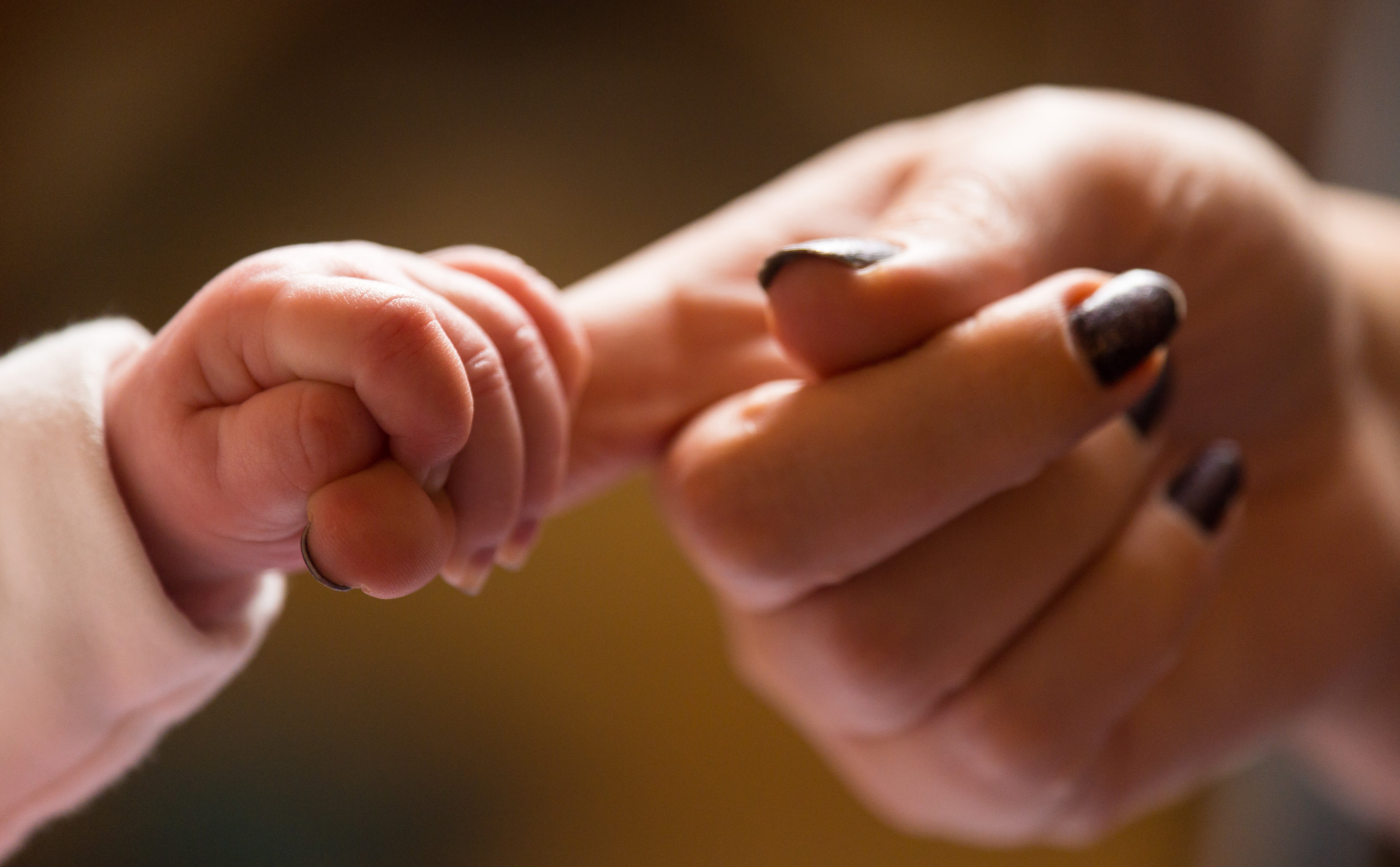
However, rather than the fertility “cliff edge” post-30 that I grew up hearing about, there’s a very gradual decline from 30-35, then a swifter decrease from 35-40, followed by a much sharper drop from 40 onwards. The chance of a natural conception in our early twenties is 25 per cent each cycle; 10 per cent by age 40; and just 1 per cent by 44. “It’s important to stress there’s no absolute knife edge,” says Dr Sarris. “We get obsessed by a round number like 35. I say to my patients, your body doesn’t know your birthday – it’s a constant change, but the slope of the graph tends to accelerate over time post-35.”
Public awareness of fertility rates isn’t high. Couples in their mid-30s are often “astounded that they don’t have 70-80 per cent natural conception rate” per cycle, says Mrs Polly Ford, a consultant gynaecologist and subspecialist in reproductive medicine and surgery for Complete Fertility. A survey of 2,000 people revealed that 78 per cent of respondents didn’t know that heterosexual couples over the age of 35 have less than a 30 per cent chance of natural conception on their most fertile day each month.
Unlike other areas of medicine where dramatic advances have been made, women’s fertility window has remained pretty consistent. Overall, age is still by far the dominant factor – much more so than lifestyle choices and genetics. “Inherently there’s a ceiling we can’t go above,” says Dr Sarris. “We can’t improve that, we can just be the best we can be and not make things worse for ourselves.” Two of the main factors within individuals’ control are smoking and obesity: both make it more difficult to get pregnant and raise the chance of miscarrying. But however healthy we are, it “does not change the time-effect that happens on the egg”.
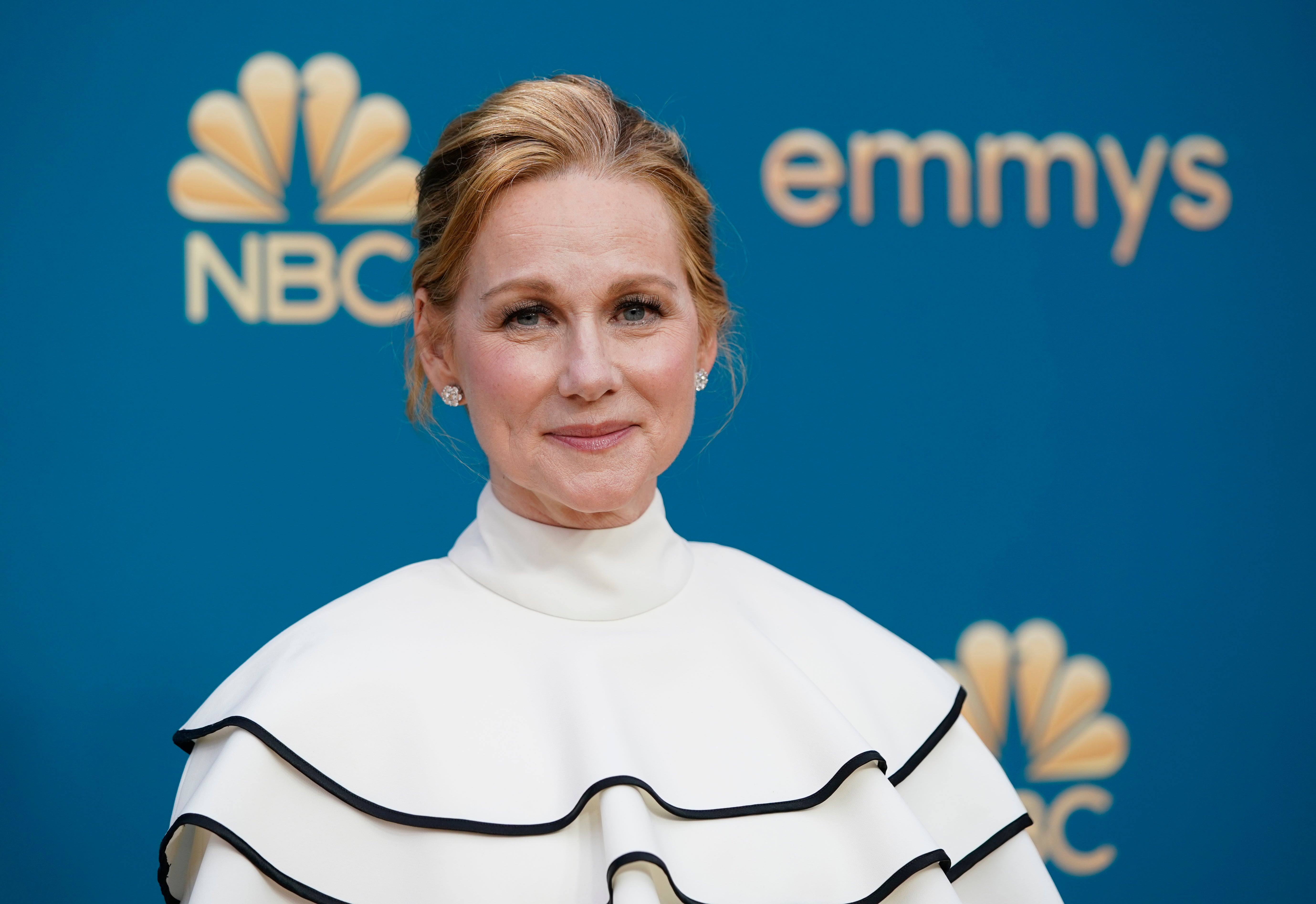
What has changed over the last 20 years is fertility testing, assisted reproduction techniques and the corresponding success rates. “There’s a better understanding of what’s happening when pregnancy doesn’t occur,” says Belfield. “We have tests and ultrasound scans that can detect polyps and fibroids – it all contributes to a better understanding, and therefore increases the possibility of becoming pregnant.”
There have also been dramatic improvements in egg freezing, with a 95 per cent survival rate for eggs once they’re “thawed”, and an 85 per cent fertilisation rate for frozen eggs. Success rates for IVF have got better in the more advanced age group, too – though this is still limited by egg quality and quantity as women get older. “Even with assisted reproduction, it’s much harder to get a viable embryo from an older egg compared to a younger one,” says Professor Evelyn Telfer, a reproductive biologist focusing on female fertility and ovarian development at the University of Edinburgh. “That’s why women are encouraged to freeze their eggs when they’re younger.” It’s also why, when you see stories of celebrities getting pregnant at 48, the likelihood is they’ve used a donor egg from a younger woman.
The birthing process was definitely tougher compared to friends in their late twenties for whom it generally went quite quickly and seamlessly
Further cutting-edge techniques are being developed that have stirred up controversy. Professor Telfer tells me about a process initially developed for young women prior to undergoing cancer treatments that can affect their fertility, such as chemotherapy. It involves removing ovarian tissue and freezing it, ready to be re-implanted at a later date to rejuvenate fertility. It’s now being offered privately at some clinics to any woman who wants it. But, just like with egg freezing, it relies on a woman being prescient enough to do this when she’s young.
Amid all of the science and statistics, however, are the very real experiences of those who become mothers past the age of 35. The women I speak to highlight that, as with having children when you’re younger, there are positives and negatives.
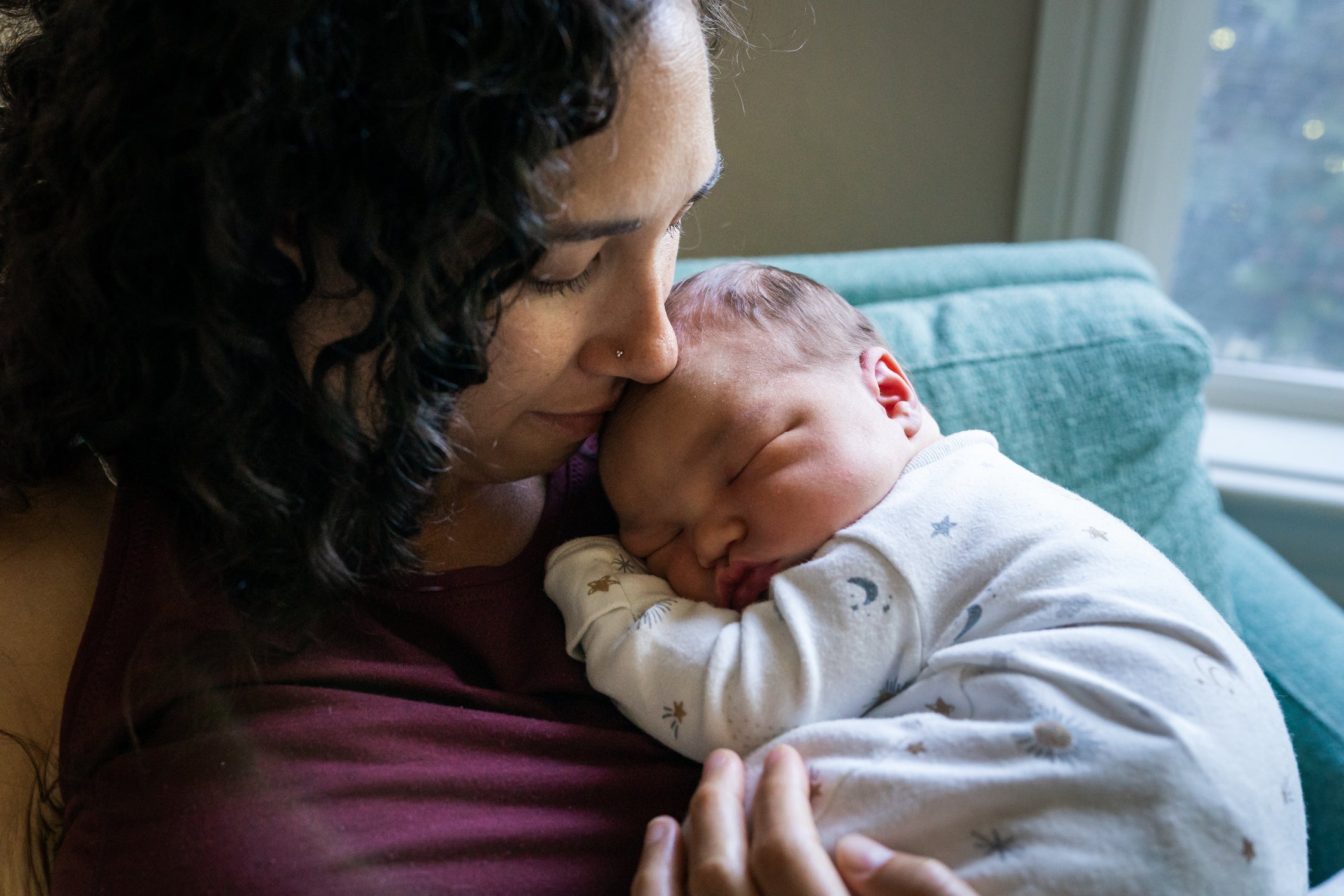
“The birthing process was definitely tougher compared to friends in their late twenties for whom it generally went quite quickly and seamlessly,” Sally Howard, a 39-year-old global health and social affairs journalist, tells me. “I had a quite nasty emergency C-section. I don’t think your body’s geared up for it if you haven’t done it before at that age. And I noticed my own biology – I’m much less of a solid sleeper than I used to be before my mid-thirties. Waking up every couple of hours meant I had gruelling insomnia and had to switch to bottle feeding from five months.” But she’s quick to highlight the many plus points to waiting: she was ready, she’d travelled the world, it was the right time. “No regrets.”
Kalini Kent, a parenting expert who had her first child at 37, “felt a lot of pressure, culturally”. Originally from the Caribbean, she was made to feel that putting off having a baby would mean she was “left on the shelf”. But again, there were numerous benefits: “I’d lived my life, done the things I wanted to do – and you have the maturity to enjoy it. I had a better relationship with my partner, more friends, and we were financially much better off as well.”
Having had the first of her four children at 28, Ashley Ritchie, a chartered accountant from Northern Ireland, had her last aged 38. While she had “a lot more energy” a decade prior, she too recognises the upside to being a late-thirties mum. “I was a lot calmer about everything; I definitely felt more settled and less anxious. In my twenties, we also had less money.”
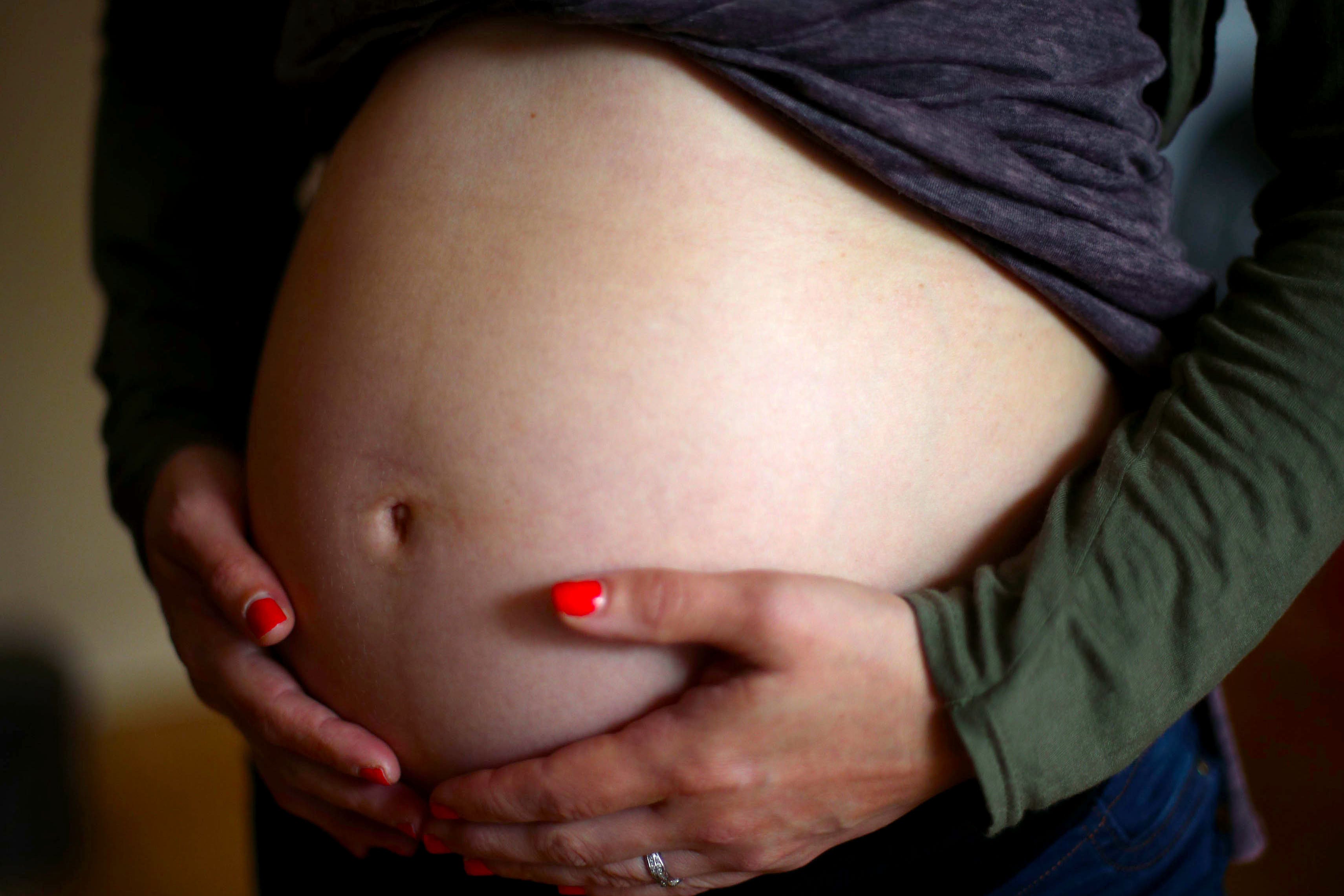
What did irk her and Sally was the stigma of being branded with the much-maligned term “geriatric mothers” during their pregnancies. So, are we lying to women about their biological clocks? Not quite. The fertility window is still a window, and statistics are still statistics. Waiting can have benefits, but the odds of conceiving naturally do start dropping post-35 – however many inspiring stories we might read about Laura Linney.
The reasons behind women waiting longer to have children are long and complex though, with many of them societal, not biological. It’s up to every individual to weigh up their own set of circumstances and decide what’s right for them: “We get these messages about menopause and fertility almost as if they were absolutes, but of course they’re not – there’s a huge range,” says Professor Telfer.
In the meantime, perhaps it’s time we hung up the stigmatising language. As Ashley puts it: “When you’re young, all the focus is on you not getting pregnant. Then the focus changes to you not being too old to get pregnant. You can’t win if you’re a woman!”
Join our commenting forum
Join thought-provoking conversations, follow other Independent readers and see their replies
Comments